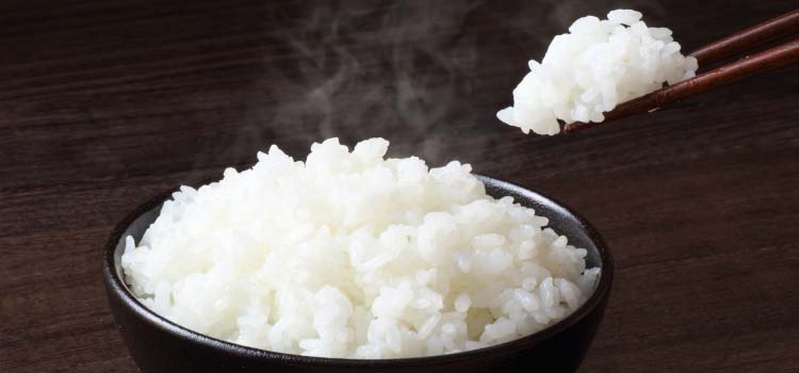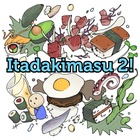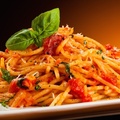Having been born and raised in Brazil and having parents who always cultivated the culture of their ancestors, I only realized that Brazilian cuisine and Japanese cuisine were distinct when I was around seven years old.
At that time, a friend of mine, who is not Nikkei, said the following about our colleague who, like me, was one of the only Nikkei in the city of Matão, in the interior of São Paulo:
“Man, you won't believe it: yesterday I had lunch at Takeda's house and his mother served rice without salt! Do you believe that?".
After noticing my hesitation, he said to me: “You don’t think this is normal, do you?”
That's how, with my jaw dropped, I discovered that Brazilian cuisine and Japanese cuisine were not part of the same culture, and that, above all, they were very different from each other.
And it was also like this that, much later, thinking about this subject, I realized something even more curious: that the traditional way of preparing rice – the food base of these two countries – was the big difference between these two cultures. Well, while one says the rice is loose and well seasoned, the other says it has to be sticky and unseasoned.
These differences are worth highlighting, although subtle, they are glaring to an unsuspecting palate – let my friend say so.
The flavor of gohan – which is Japanese rice – is more pronounced than that of Brazilian rice. Its grains are also stockier. Its most striking feature is the fact that, once prepared, they stick together very well.
And its preparation is extremely easy. All you need is an electric or pressure cooker, some water, a handful of rice, twenty minutes of waiting and it's ready.
As for Brazilian rice, getting it just right – loose and cracked in the middle – is extremely difficult.
I have even followed tests in which two people made Brazilian rice following the same recipe – quantity of rice, salt, water and onion –, the same method – the height of the heat, the type of pan and the sequence in which it was cooked. They put the ingredients in the pan – and the same timing – when to put the recipe in the pan, when to put and remove the lid from the pan and when to turn off the heat –, and I noticed that the result was totally different from each other.
While one was loose and broken, the other was puffed up and soggy. Conclusion: making Brazilian rice is not for everyone.
Ultimately, there is no way to compare the exuberance of Brazilian rice with the elegance of Japanese rice. Even more so if we include other forms of preparation.
For example: when preparing Brazilian rice, there are those who include eggs, carrots, parsley or chives – not to mention the ingredients of Arroz Carreteiro, Arroz Farofado, Baião de Dois, etc. And in the preparation of Japanese rice, there are those who include miso , sesame and furikake – not to mention the various ingredients of different types of sushi .
Regarding these two more traditional types of preparation, I never had a preference. Because for me, they are so different from each other that I consider them as distinct dishes. And I can even serve them in the same meal: gohan with rice.
Returning to the beginning of the chronicle:
Some time later, that friend of mine – who is not a Nikkei – had dinner at my house. And I, because I already knew its taste, asked my mother to prepare Brazilian rice. She did. My friend ate it and still praised it a lot.
But there was no way. Later, I learned from a third party that he found the seasoning we at home used for the salad very strange: soy sauce .
© 2017 Hudson Okada







